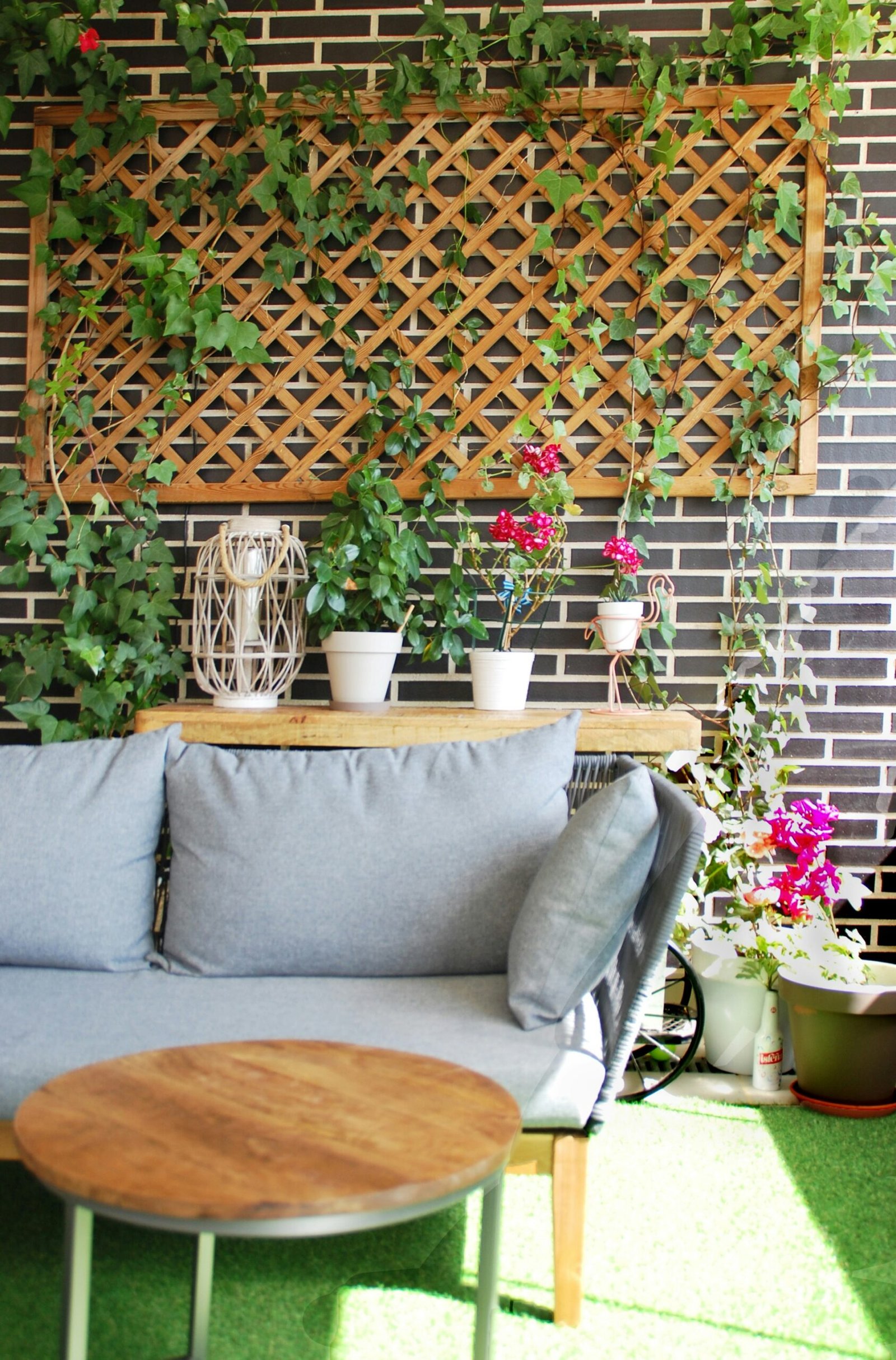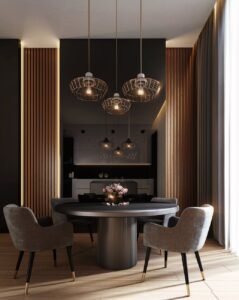Lighting plays a crucial role in creating a comfortable and inviting atmosphere in your home. It not only illuminates your living space but also enhances its overall aesthetic appeal. Whether you are renovating your home or simply looking to upgrade your lighting fixtures, understanding the basics of home lighting can help you make informed decisions. In this article, we will guide you through the essentials of home lighting, from choosing the right fixtures to creating the perfect ambiance.
1. Assess Your Lighting Needs
The first step in illuminating your living space is to assess your lighting needs. Consider the different activities that take place in each room and the kind of lighting required for each. For example, the kitchen may need bright task lighting for food preparation, while the living room may benefit from softer ambient lighting for relaxation.
2. Layer Your Lighting
Creating a well-lit space involves layering different types of lighting. There are three main layers to consider:
- Ambient Lighting: This is the general lighting that fills the room and provides overall illumination. It can be achieved through ceiling fixtures, chandeliers, or recessed lighting.
- Task Lighting: Task lighting is focused lighting that helps you perform specific activities, such as reading, cooking, or working. Desk lamps, under-cabinet lights, and pendant lights are examples of task lighting.
- Accent Lighting: Accent lighting adds drama and visual interest to a space. It can be used to highlight artwork, architectural features, or decorative elements. Track lighting and wall sconces are popular choices for accent lighting.
3. Choose the Right Fixtures
When selecting lighting fixtures, consider both style and functionality. Look for fixtures that complement the overall design of your home while also providing the desired level of illumination. Pendant lights and chandeliers can add elegance to a dining room or foyer, while recessed lighting is a versatile choice for any room.
Additionally, consider the type of bulbs used in each fixture. LED bulbs are energy-efficient and have a longer lifespan compared to traditional incandescent bulbs. They are available in a range of color temperatures, allowing you to customize the ambiance of your space.
4. Utilize Natural Light
Maximize the use of natural light in your home by strategically placing windows, skylights, and glass doors. Natural light not only reduces the need for artificial lighting during the day but also creates a more vibrant and uplifting environment.
However, it is important to control the amount of natural light entering your space. Consider using window treatments such as blinds or curtains to diffuse or block excessive sunlight when needed.
5. Install Dimmers
Installing dimmer switches is a simple yet effective way to control the intensity of your lighting. Dimmers allow you to adjust the brightness according to your needs and create different moods in your living space. They are particularly useful in areas where flexibility is required, such as the dining room or bedroom.
6. Consider Energy Efficiency
Energy-efficient lighting not only helps reduce your carbon footprint but also saves you money on utility bills. When choosing bulbs, opt for LED or CFL (compact fluorescent) bulbs, which consume less energy and last longer than traditional incandescent bulbs.
Additionally, consider investing in smart lighting systems that allow you to control and automate your lights. These systems can be programmed to turn off lights when not in use or adjust the brightness based on natural light levels.
7. Experiment with Lighting Design
Don’t be afraid to get creative with your lighting design. Experiment with different fixtures, colors, and angles to create unique lighting effects. For example, using uplights to wash a wall with light can create a dramatic focal point, while placing lights behind furniture can add depth to a room.
Remember to regularly assess and update your lighting as your needs and preferences change. Lighting is an essential element of your home that can greatly impact your overall comfort and enjoyment. By following these tips, you can create a well-lit living space that is both functional and visually appealing.
With a little planning and attention to detail, you can transform your home into a beautifully illuminated haven.















